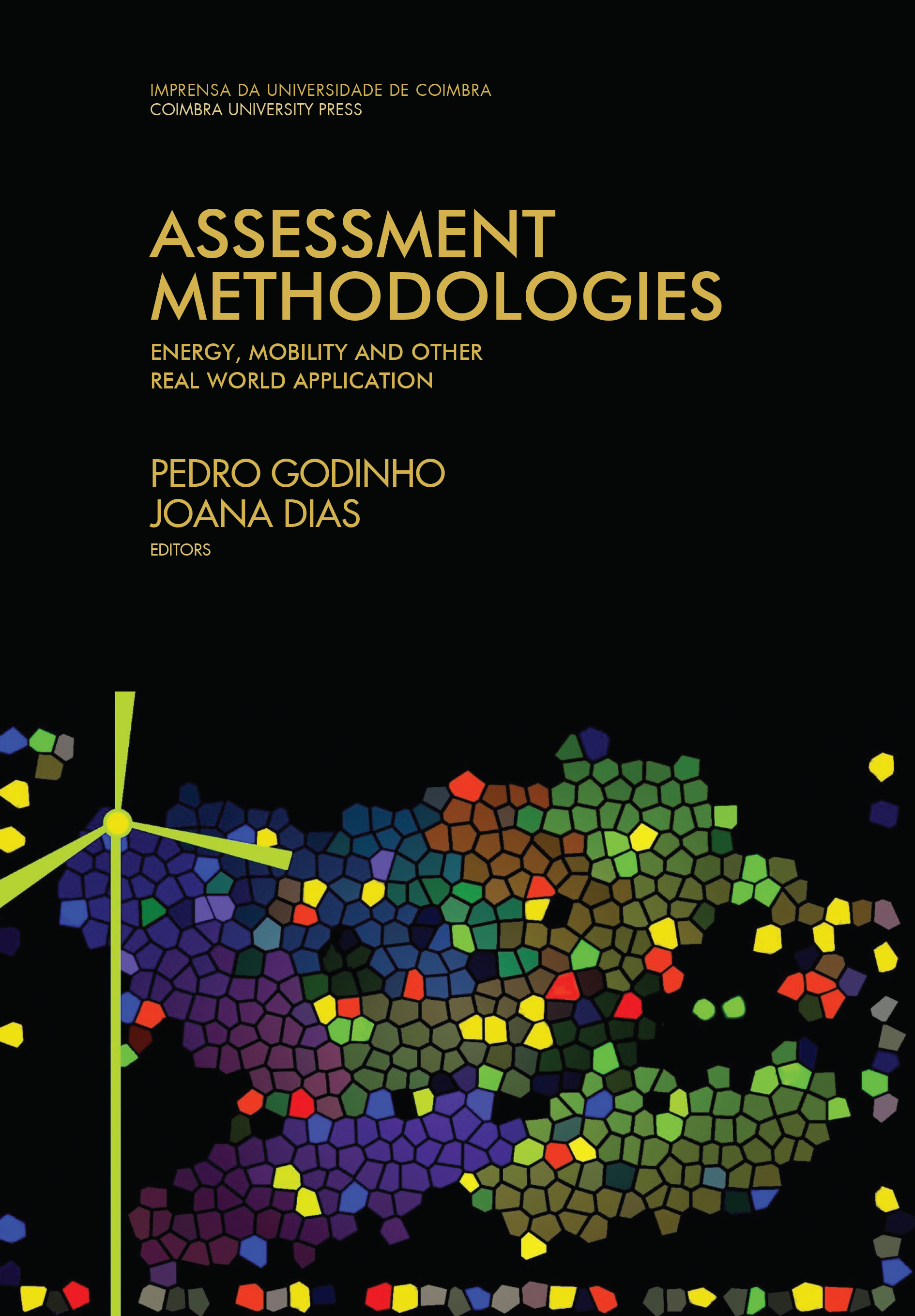Reliability metrics for the evaluation of the schedule plan in public transportation
Jorge Freire de SousaJoão Mendes-MoreiraLuís Moreira-MatiasJoão Gama
Nowadays, the major Public Transportation Companies around the world use intelligent transportation systems based on automated data collection frameworks. The existence of these data has driven to the development of new approaches to the operational planning of public transportation. These approaches, commonly known as ADC-based operational planning strategies (ADC from Automated Data Collection), to improve public transportation reliability consist of adjusting the definitions made on the initial steps of the operational planning process by using real-world data. This type of changes concentrates mainly on restructuring routes and adjusting the existing schedule plan (SP). However, the usefulness of such tunings from a company point-of-view is often of difficult evaluation. This paper starts by presenting a brief review on improving the network definition based on historical location-based data. Then, it presents a broad review on ADC-based evaluation techniques of the schedule plan reliability, discussing the existing metrics.The purpose of this paper is to critically describe the performance indicators used in the evaluation of the SP reliability, following the aforementioned bibliographic reviews. They will be certainly useful to shape the approaches developed by the research community for improving the quality of public road transportation operations based on data collected by ADC systems. This paper focuses on two different, yet highly related, approaches: 1) changing the network definition; 2) evaluating and adjusting the SP in place. The automatic control strategies and the different actions to improve the SP remain out of the scope of this paper.
—
ISBN: 978-989-26-1038-2
eISBN: 978-989-26-1039-9
DOI: 10.14195/978-989-26-1039-9_7
Área: Ciências Sociais
Páginas: 151-169
Data: 2015
Keywords
—
Outros Capítulos (15)
Measuring technical efficiency of European Countries using data envelopment analysis
Clara Bento Vaz;Ângela Paula Ferreira
https://doi.org/10.14195/978-989-26-1039-9_1
Towards an auction system in the allocation of EU Emission Rights: its effect on firms’ stock market returns
Patrícia Pereira da Silva;Blanca Moreno;Ana Rosa Fonseca
https://doi.org/10.14195/978-989-26-1039-9_2
Explanatory variables on south-west spot electricity markets integration
Nuno Carvalho Figueiredo;Patrícia Pereira da Silva
https://doi.org/10.14195/978-989-26-1039-9_3
Energy efficiency governance in the Europe an Union Member States: analysis on current status
Guillermo Ivan Pereira;Patrícia Pereira da Silva
https://doi.org/10.14195/978-989-26-1039-9_4
Strategies for developing batteries for electric vehicles: a real options model
Joana Fialho;Pedro Godinho;João Paulo Costa
https://doi.org/10.14195/978-989-26-1039-9_5
Microsimulation for traffic calming schemes assessment: a case study
Joana F. Dourado;Ana M. C. Bastos Silva
https://doi.org/10.14195/978-989-26-1039-9_6
Reliability metrics for the evaluation of the schedule plan in public transportation
Jorge Freire de Sousa;João Mendes-Moreira;Luís Moreira-Matias;João Gama
https://doi.org/10.14195/978-989-26-1039-9_7
The impact of a crisis in a cost-benefit analysis: What has changed in the Douro Interior sub-concession economic evaluation?
Sandrina Filipe;Pedro Godinho;Joana Dias
https://doi.org/10.14195/978-989-26-1039-9_8
Preference based decisions in health
Patrícia Antunes;Pedro Lopes Ferreira;Lara Noronha Ferreira
https://doi.org/10.14195/978-989-26-1039-9_9
Assessing the effect of education on subjective well-being in Portugal: a study of mediating effects
Maria da Conceição Pereira;Daniel Martins
https://doi.org/10.14195/978-989-26-1039-9_10
Adaption of the profitability estimation focused on benefits due to personal affection
Stephan Printz;René Vossen;Sabina Jeschke
https://doi.org/10.14195/978-989-26-1039-9_11
A bi-regional (rectangular) Input-Output model for Portugal: centro and rest of the country
Pedro Ramos;Luís Cruz;Eduardo Barata;André Parreiral;João-Pedro Ferreira
https://doi.org/10.14195/978-989-26-1039-9_12
Effects of sectoral aggregation on an input-output table
Carmen Ramos
https://doi.org/10.14195/978-989-26-1039-9_13
Assessing the distribution and use of income and changes in income with social accounting matrices
Susana Santos
https://doi.org/10.14195/978-989-26-1039-9_14
Multi-criteria sustainability classification of dairy farms in a portuguese region
Sandra Silva;Luís Alçada-Almeida;Luís C. Dias
https://doi.org/10.14195/978-989-26-1039-9_15

